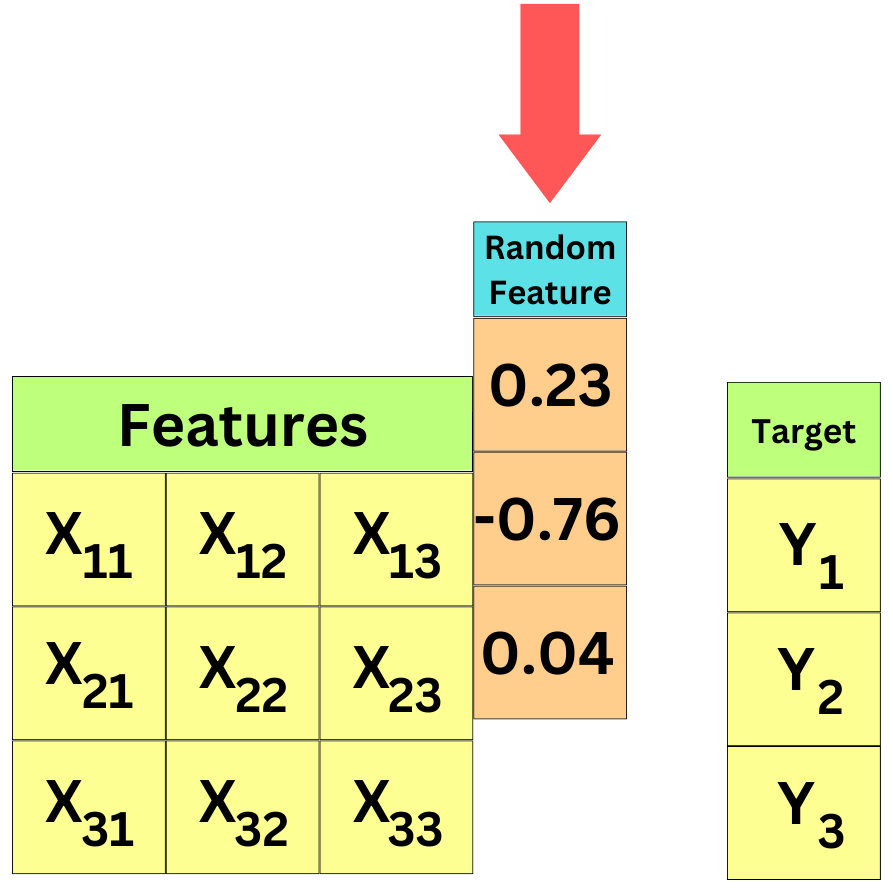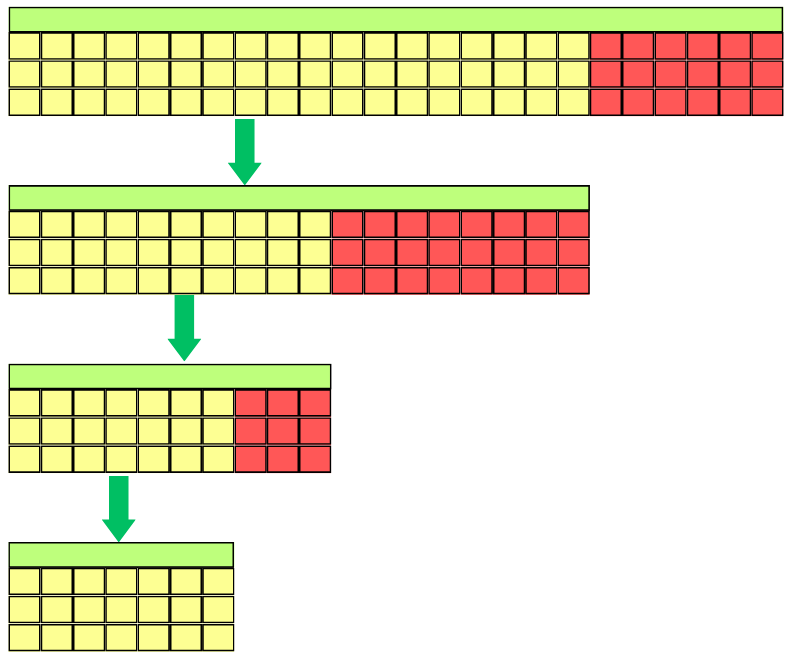Deep Dive: 3 Techniques to take your Machine Learning Model Development to the Next Level
Deep Dive in Data Science Fundamentals
There is no end to all the possible techniques you could try when developing a model. It is key to balancing development speed and performance. Over the years, I have found the following techniques to be quite useful to speed up my development while ensuring significant predictive performance gains. We cover the following techniques and implementations:
The Random Bar technique for Feature Selection
The technique
Creating synthetic data
Tuning the hyperparameters
The feature importance
The experiment
The duplication technique for imputing missing values
The technique.
Create a synthetic dataset
Data transformations
The experiment
The expanding mean target encoding to encode categorical variables
The technique
Generate a synthetic dataset
The target encoder
The experiment
This Deep Dive is part of the Data Science Fundamentals series.
The Random Bar technique for Feature Selection
The Technique
This is a technique I use to perform quick feature selection for Machine Learning applications. I tend to call it the "Random Bar" method! Let's assume you have a feature set X and a target Y. Let's create a random vector V and append it as an additional feature to X:
X' is just the original feature set plus a new random feature. Keep in mind that this new feature cannot possibly help to predict the target Y since it is random! Now, take that data (X', Y) and train a Supervised Learning algorithm with a Feature Importance measure relevant for your application. Intuitively, the mean entropy gain per split of tree-based algorithms (Random Forest, XGBoost, ...) is a convincing measure of feature importance to me. We know that it is artificial, but even the random feature will be assigned a non-zero value by the algorithm due to the fluctuation in the data. Any feature with a lower feature importance than the random feature has to be useless to predict the target and the features with a higher feature importance are at least better than random noise at predicting the target.
It is likely that the method will not catch all the unnecessary features and multiple iterations may be necessary:
This is especially useful if you have thousands of features and you want to weed out quickly the ones that won't have any impact on the learning process. This is also a method that can be used for highly non-linear data unlike LASSO (for example) which tends to only understand linear relationships in the data. The random feature is a "Random Bar" because this is the minimum bar a feature needs to beat to be a part of a potentially useful feature set. However, it does not mean you can't further optimize your model by removing additional features.
Creating synthetic data
Let’s first create a difficult dataset to learn from. We use the make_classification function from Scikit-Learn to create a synthetic dataset. We set it up with 10,000 samples and 1,000 features. We make it a binary classification problem and set the number of informative variables to 20:
from sklearn.datasets import make_classification
from sklearn.model_selection import train_test_split
def get_data():
X, y = make_classification(
n_samples=10000,
n_features=1000,
n_informative=20,
n_classes=2,
class_sep=0.001,
n_clusters_per_class=4,
)
# we split the data into train and val sets
X_train, X_val, y_train, y_val = train_test_split(
X, y, test_size=0.25
)
return X_train, X_val, y_train, y_val
X_train, X_val, y_train, y_val = get_data()
X_trainWe create a function to add the random bar to the feature set:
import numpy as np
def add_random_bar(X):
# we create a random vector with as many samples as the
# the data
random_col = np.random.normal(size=(X.shape[0], 1))
# we append this new feature to the feature set
X = np.concatenate((X, random_col), 1)
return XTuning the hyperparameters
We use XGBoost as a learner to compute feature importance. We use Bayesian Optimization to tune the hyperparameters at each iteration. Check out this deep dive if you need a refresher on Bayesian Optimization:
Deep Dive: Tuning XGBoost Hyperparameters with Bayesian Optimization
Hyperparameter Optimization can be a challenge for Machine Learning with large dataset and it is important to utilize fast optimization strategies that leads to better models. Bayesian optimization is a typical approach to automate hyperparameters finding. Today, we review the theory behind Bayesian optimization and we implement from scratch our own version of the algorithm. We use it to tune XGBoost hyperparameters as an example. Here is what we will cover:
This time, we use BayesSearchCV from scikit-optimize. We write the function that returns the optimal hyperparameters
from xgboost import XGBClassifier
from skopt import BayesSearchCV
def tune_hyperparameters(X_train, y_train, X_val, y_val):
# we set up the classifier we want to tune. We use early
# stopping after 10 iteration. We use 'binary:logistic'
# to make it a binary classifier. We use 'auc' as the
# evaluation metric for early stopping.
clf = XGBClassifier(
n_estimators=1000,
early_stopping_rounds=10,
objective='binary:logistic',
eval_metric='auc',
n_jobs=-1
)
# we set up the optimizer with the classifier and its
# search-space
opt = BayesSearchCV(
clf,
{
'eta': (0.0, 1.0, 'uniform'),
'gamma': (0.0, 50, 'uniform'),
'max_depth': (1, 15),
'min_child_weight': (0.0, 10.0, 'uniform'),
'max_delta_step': (0.0, 10.0, 'uniform'),
'subsample': (0.0, 1.0, 'uniform'),
'lambda': (0.0, 5.0, 'uniform'),
'alpha': (0.0, 5.0, 'uniform')
},
n_iter=32,
cv=3,
)
opt.fit(
X_train,
y_train,
eval_set=[(X_val, y_val)]
)
# we return the optimal hyperparameters
return opt.best_params_








